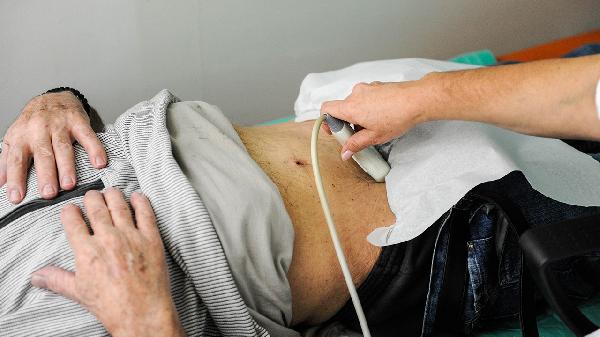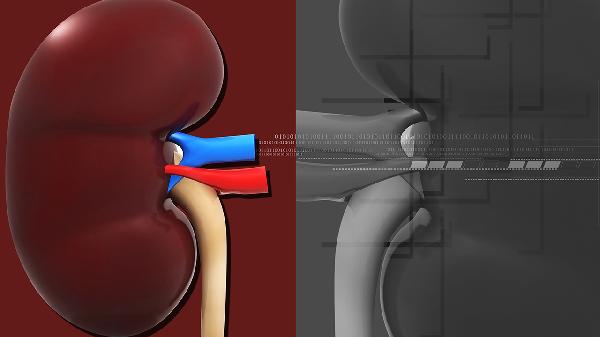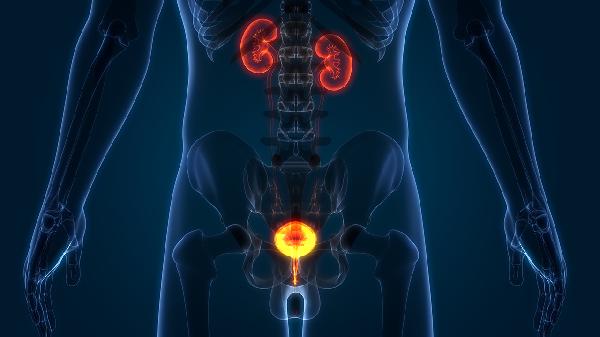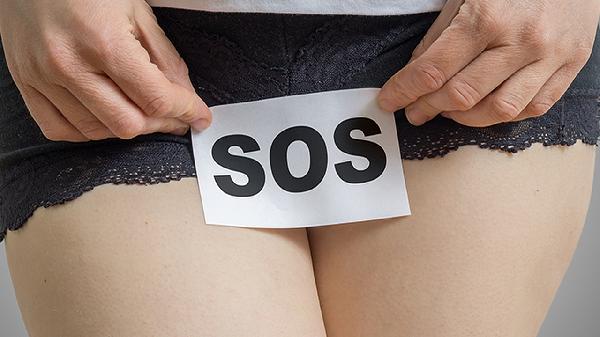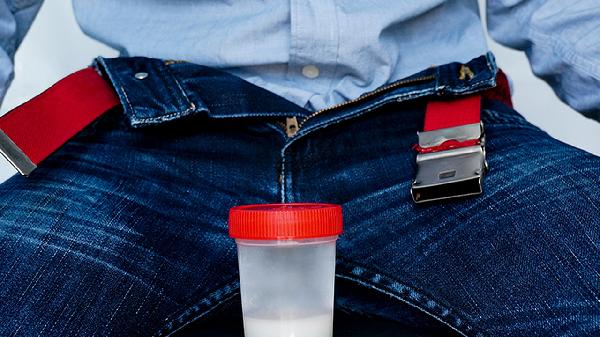Many patients with secondary syphilis are concerned about whether it can be cured and how to treat it. In fact, both primary and secondary syphilis are considered early-stage syphilis and can be completely cured, with penicillin being the first-line treatment for this disease. Experts tell us that penicillin therapy is the most effective and fastest method for treating secondary syphilis. Patients need to receive weekly injections at a reputable hospital, and some may be cured after just 2-3 consecutive treatments.
(I) Secondary Syphilis with a Disease Duration of Less Than 2 Years
1. Penicillin Therapy
(1) Benzathine penicillin G (long-acting penicillin): 2.4 million units, divided into two injections in the buttocks, once a week for 3 weeks.
(2) Procaine penicillin G: 800,000 units/day, intramuscular injection, for 10–15 consecutive days, with a total dose of 8–12 million units.
(3) Aqueous penicillin: 4.8 million units/day via intravenous drip, for 10 days as one course, followed by a break and then repeating the course. Total dose: 96 million units.
2. For Patients Allergic to Penicillin
(1) Tetracycline: Adult dose of 2g/day, children 30–40mg/kg, divided into 4 oral doses, for 15 consecutive days. Contraindicated in patients with liver or kidney dysfunction, pregnant women, and children.
(2) Doxycycline: 100mg, twice daily, for 15 consecutive days.
(3) Erythromycin: Dosage and treatment duration are the same as tetracycline.
(4) Doxycycline: 0.2g once daily or 0.1g twice daily, for 15 consecutive days.
(II) Treatment for Recurrent Secondary Syphilis
1. Benzathine penicillin: 2.4 million units, once weekly via intramuscular injection, for 3 weeks.
2. Procaine penicillin: 800,000 units/day via intramuscular injection, for 15–20 days as one course, with a 2-week interval before starting the second course.
For secondary syphilis, systematic treatment is essential, ensuring that all syphilis test results (except antibodies) are negative. In the first year of treatment, follow-up testing should be done every three months. In the second year, testing should be done every six months. Starting from the third year, testing should be done annually. If all indicators (except antibodies) remain negative for five consecutive years, the patient can be considered cured! The cure rate at reputable hospitals exceeds 90%, and recurrence is rare!

